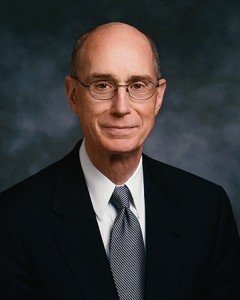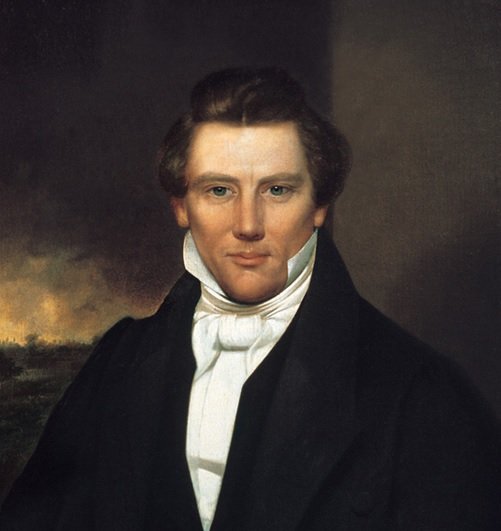This is a guest post by Dr. Andrew Auman, who holds B.Sc. and M.Sc. degrees in physics from Utah State University, and a Ph.D. in astrodynamics from the University of Surrey. His research interests include geometric integration, geometric estimation, and attitude and orbital mechanics. He is also a semi-regular contributor to the blog Just An Average Mormon
I.
Recently, a survey by The Mormon Gender Issues Survey Group (TMGISG) has been floating around social media, and I have accepted an invitation to write this guest post as I wanted to weigh in on the discussion surrounding this survey and TMGISG’s approach to their research.
To those unfamiliar with the online dialogue surrounding the research being performed by TMGISG, many individuals are calling into question TMGISG’s research methodologies. The concern is that the wording used in the TMGISG’s survey shows a bias in support of the ordination of women to the priesthood in The Church of Jesus Christ of Latter-Day Saints—whose members are commonly referred to as Mormons. Individuals have also expressed concern in the ambiguity of some questions; e.g., what constitutes a “good Mormon”? And there are further concerns that not only do the answers provided on the survey not reflect the most commonly held views on the topics in question, but that at times the only answers provided contain views with which respondents cannot fully agree mixed in with those views to which they do ascribe. That this is the case is acknowledged in the survey. But as these biases, ambiguities, and false dichotomies could easily be removed by the inclusion of additional choices and/or the rewording of current answers, why was the effort not made?
The purpose of this post is to discuss research ethics, and apophasis is not my intent in the above expression of concerns being brought up in the dialogue elsewhere regarding TMGISG’s research practices. May the interested reader peruse the survey and what has been said on the matter for themselves, thoughtfully reflect, and then draw their own conclusions about its phraseology. I simply mention these issues as they are pertinent to the matter of ethics in research, and will be referred to herein without rehashing them for the sake of brevity—brevity being an admittedly relative term.
Continue reading



